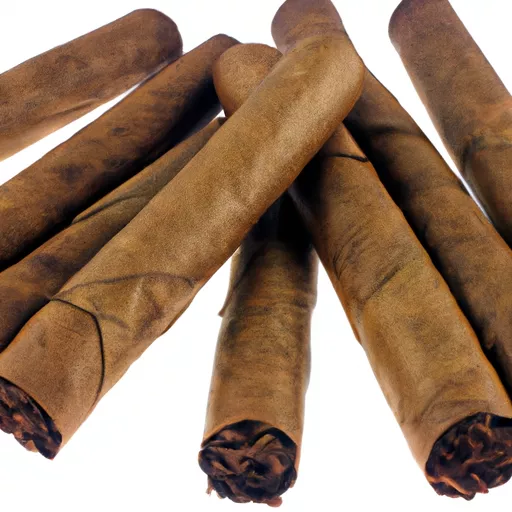- August 18, 2025
prime time little cigars

As a cigar enthusiast, I have always been drawn to the rich and complex flavors of traditional cigars. However, in recent years, I have found myself developing a newfound appreciation for a different type of cigar – little cigars.
At first glance, little cigars may seem like miniature versions of traditional cigars, but they actually have their own unique characteristics and appeal. In this article, I will be discussing everything you need to know about little cigars – from their history and making process to their flavors and popularity.
History of Little Cigars
Little cigars have been around for centuries, with their origins tracing back to Native American and European cultures. The natives of the Caribbean and Central America were known to wrap tobacco in palm or corn husks, which later evolved into the cigars we know today.
In the 19th century, little cigars gained popularity in Europe, particularly in France, where they were marketed as “cigarettes de luxe” or luxury cigarettes. French soldiers who visited the tobacco fields of Cuba during their occupation also brought back small cigars, which sparked an interest in the rest of Europe.
It wasn’t until the mid-20th century that little cigars became popular in the United States and were mass-produced. Companies like Swisher Sweets and Dutch Masters introduced small, affordable cigars, making them accessible to a wider market.
Making Process of Little Cigars
One of the key differences between little cigars and traditional cigars is the way they are made. While traditional cigars are hand-rolled using whole tobacco leaves, little cigars are machine-made and use short-filler tobacco – scraps and trimmings from whole tobacco leaves.
The tobacco is rolled in a wrapper material, usually homogenized tobacco leaf paper, which gives it a consistent shape and taste. The wrapper is then sealed with a sticky substance, like gum arabic, to keep the cigar intact.
Unlike traditional cigars, little cigars also do not go through the fermentation process, which is where the distinct flavors and aromas are developed. Instead, the tobacco is flavored using artificial additives before being rolled, giving little cigars their signature sweet and fruity taste.
Flavors of Little Cigars
One of the most appealing aspects of little cigars is the wide variety of flavors available. From fruity and sweet flavors like cherry, peach, and vanilla, to more traditional flavors like menthol and natural tobacco, there is something for every palate.
I personally enjoy the sweet and aromatic flavors, as they provide a nice change of pace from the bold and intense flavors of traditional cigars. However, some cigar aficionados may find these added flavors to be too artificial and prefer the pure taste of tobacco.
The wide range of flavors also makes little cigars a popular choice among beginner smokers. The sweet flavors and smaller size make them less intimidating and more enjoyable for those who are new to smoking.
Popularity and Availability
Little cigars have seen a rise in popularity in recent years, with sales increasing by 40% between 2008 and 2013. They are often seen as a more affordable and accessible alternative to traditional cigars, with a lower price point and availability in convenience stores and gas stations.
However, little cigars have also faced criticism for their appeal to underage smokers. In the United States, little cigars fall under different regulations than traditional cigars, making them more accessible to minors. While the FDA has now categorized little cigars as cigarettes, there are still concerns about their availability to young smokers.
In addition to flavored little cigars, there are also unflavored versions available, known as cigarillos. These are typically sold in packs and are similar in size to cigarette butts. They have become a popular choice for those looking for a quick and convenient smoking option.
Conclusion
Little cigars may not have the same prestige and complexity as traditional cigars, but they have certainly earned their place in the world of tobacco. Their history, making process, flavors, and availability make them an interesting and unique choice for cigar enthusiasts and beginners alike.
As with any tobacco product, it is important to consume little cigars responsibly and in moderation. And while they may not be everyone’s cup of tea, they are certainly worth trying for their convenience and variety of flavors. I, for one, will continue to enjoy my occasional little cigar and appreciate its unique qualities.